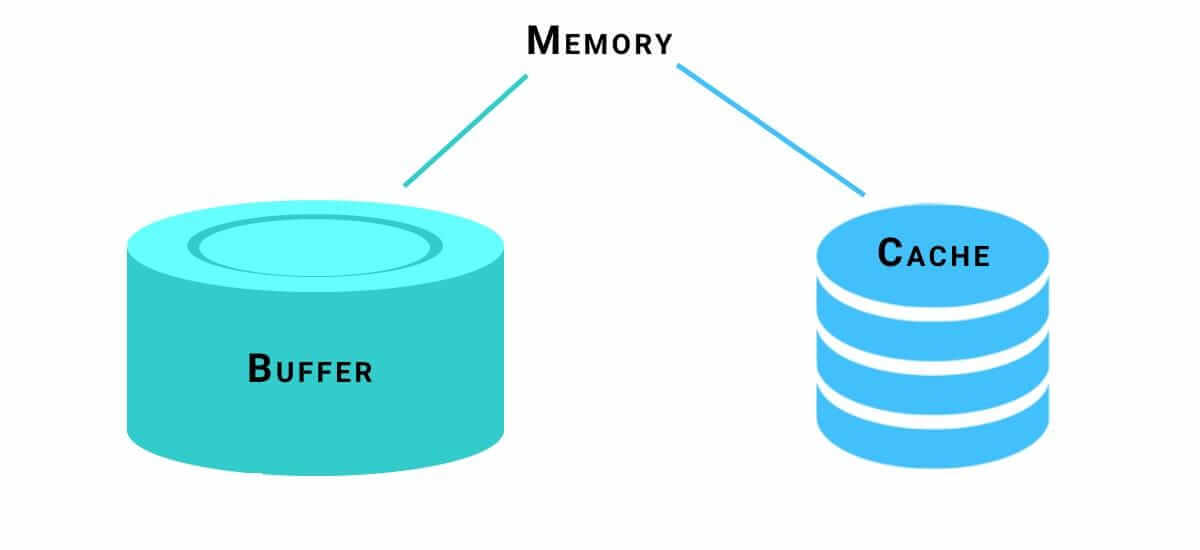Buffer memory is used in a wide range of scenarios and technologies, spanning numerous industries.
Here are just a few examples of its application in modern society:
- 1.Computer Systems: In computer systems, buffer memory is used to store data temporarily during input, output, and processing operations, ensuring a smooth and efficient computing experience.
- 2.Multimedia: Buffer memory is essential in multimedia applications like video streaming, where it helps maintain a seamless playback experience by storing video data ahead of the play head, ensuring that there are no delays or 'buffering' periods.
- 3.Printers: In printing devices, buffer memory stores print commands and data, allowing the printer to print at its optimal speed without waiting for incoming data from a computer or network.
- 4.Telecommunications: Buffer memory plays a key role in telecommunications, facilitating reliable data transmission between devices of varying processing capacities.
- 5.GPS Systems: In various navigation systems, buffer memory is used to store map data temporarily, allowing for smoother transitions between map segments as the user navigates.
After all, buffer memory, while seldom receiving the spotlight in tech conversations, plays a key role in ensuring the smooth functioning and enhanced performance of numerous devices and systems we rely on every day. Now that you understand the significance of buffer memory in modern technology, take a moment to appreciate the unseen work it does.

